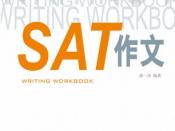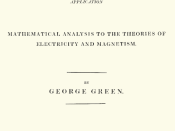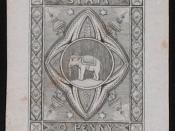Taylore Latham
Theiss - 4th
AP Composition
In his essay, "Examsmanship and the Liberal Arts: A Study in educational Epistemology", William G. Perry Jr. discusses what an A essay should contain. This being said, Perry discusses two main strategies used when composing an essay. These strategies include "to cow" and "to bull". "To cow" means is "to present evidence of hard work as a substitute for understanding, without any intent to deceive" whereas "to bull" means "to present evidence of an understanding of form in hope that the reader may be deceived into supposing a familiarity with the content".
The theme of Perry's essay is that cowing an essay is simply reiterating given facts rather than bulling an essay, which means the writer of the essay thoroughly understands what he or she is writing about. "'Yes, sir, what you wrote was nonsense, utter nonsense. But ah! Sir! It's the right kind of nonsense!'" "If a liberal education should teach students ' how to think,' not only in their own fields but in fields outside their own - that is, t understand 'how the other fellow orders knowledge,' then bulling, even in it's purest form, expresses an important part of what a pluralist university hold dear, surely a more important part than the collecting of 'facts that are facts' which schoolboys learn to do."
"A fact had become at last 'an observation or an operation performed in a frame of reference.'" These pieces of evidence prove the previously stated theme because Perry explains that bull is used when one knows and thinks deeply about what he or she is writing about, while cow is used when one only knows how to state facts, rather than think for themselves. The purpose of Perry's essay is to direct professors' attentions to the...


